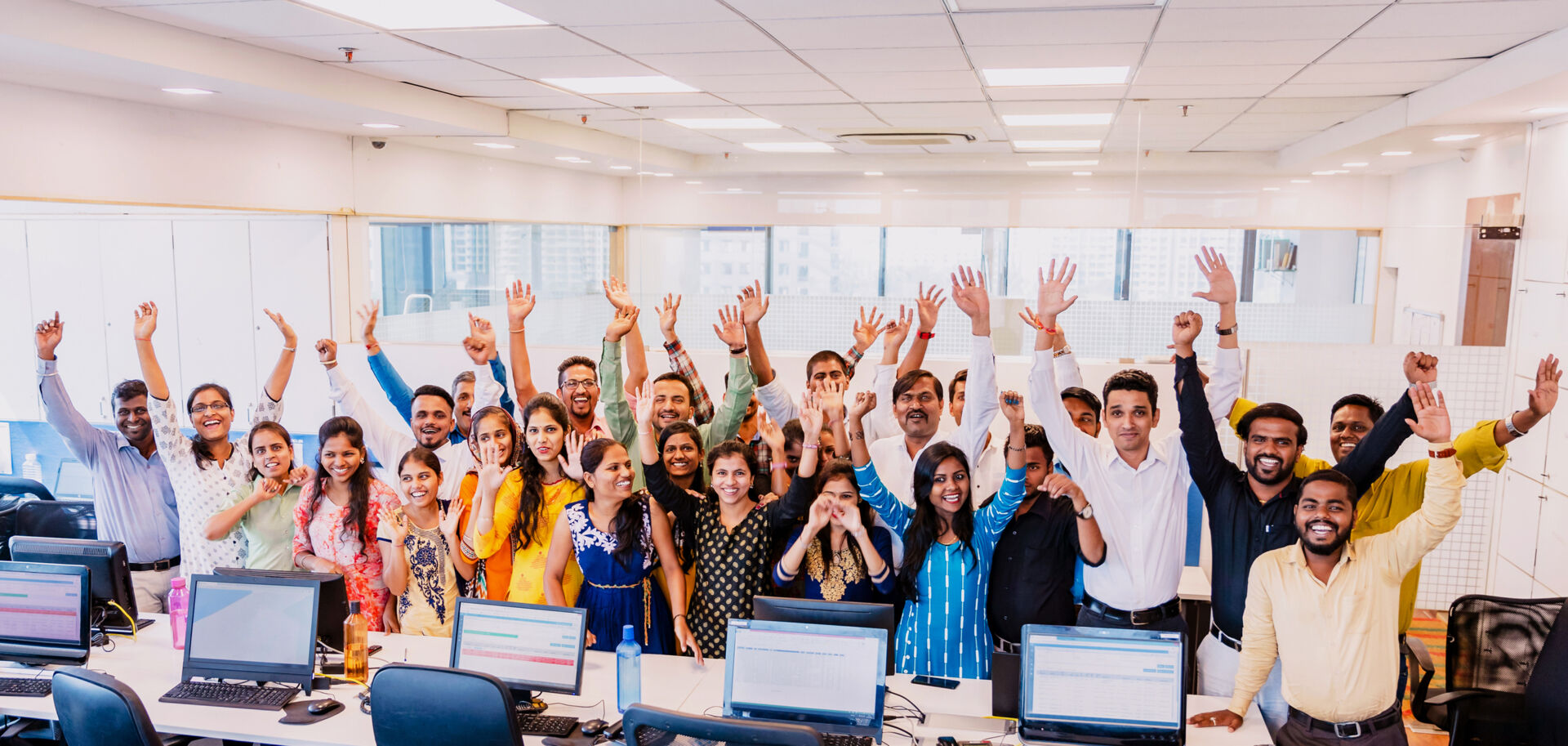
Are you expanding globally? Strategic expansion is important
Many associations find themselves with international audiences without ever having planned for it. When looking back on the expansion of the American Society for Nondestructive Testing (ASNT), CEO Neal Couture admits, “I refer to our growth as accidental. Initially, there was no deliberate plan to go outside the US. We created a recommended practice that became the global de facto standard. We didn’t intend to sell it internationally. We never even translated it. But it existed, and everyone all bought it. We woke up one day to discover our products were around the globe.”
Solution: ASNT partnered with MCI to move from unplanned reach to a deliberate growth strategy by analysing its customer base and starting with markets of strength: India and the Middle East. Associations facing similar “accidental globalisation” can do the same – convert it into growth by formalising strategy and prioritising where they already have traction.
Is your market research good enough? (“Yes” may be the wrong answer)
Everyone knows that relying on assumptions from the US market is risky when looking at expanding into overseas markets. In-depth understanding of member expectations, competition and purchasing behaviour is essential. “My observation is that American associations are not typically good at market research,” says Couture. “Even with talent and expertise on the ground, there are nuances that slip between the cracks. We realised we’d better hire someone from the local area to help us with that, which is what MCI India did.”
Solution: Thorough research, not only with current members but also with non-members, companies and other stakeholders, provides a clearer view of local market dynamics. Local experts are indispensable for uncovering cultural nuance and practical barriers that may not be visible from outside.

Is your pricing alienating potential members? Pricing may not be as straightforward as you think
Price sensitivity is complex. Couture observes: “You are probably going to get pricing wrong on first launch. You have to know who the buyer is. In some organisations the individual pays, so their income is critical. In others, like ours, it is the organisation that buys. The sensitivity is different. You must know your market and price accordingly.”
You might also find you’ve made assumptions about a new market that are incorrect. “India is price-sensitive, but not in the way people think,” Samir Kalia, Managing Director, MCI India, confirms. “Indians are actually willing to pay more than US members if they see value. Certification is seen as a gateway to better jobs abroad. They will invest a lifetime of savings to get credentials that are perceived as key. Of course, if you go in too high, you risk rejection; but if you go in too cheap, people will assume something is wrong with what you are offering them. The key is thorough research and then commitment to the right price point.”
Solution: Associations should realise that value perception is critical. Flexible, mission-driven pricing models and thorough market research help align fees with both local income levels and the perceived prestige of the credential. Follow up with authentic marketing and proof points.
Are you struggling to gain traction in Indian or Latam? You may have a trust deficit
Associations entering Latin America without established partners often struggle to gain credibility. Renata Pozza, Director of Association Solutions at MCI Brazil, explains: “When you are entering a new market, trust and credibility are essential to build and establish a relationship. We supported a US-based medical association to form partnerships with 12 national medical societies across the Latam region. These are operational alliances that let us adapt guidelines to local realities, events and ensure we are reaching qualified audiences. Without a local partner, you don’t have the same endorsement, and that endorsement is everything in Latin America.”
Solution: Build strong partnerships with national societies, government bodies and even adjacent associations from your own country who already have similar strategic intentions in the region. For example, ASNT strengthened its position in India through connections facilitated by MCI and alliances with groups including the American Welding Society. Credibility multiplies when local endorsement is in place.

Do language and cultural gaps undermine your programmes?
Associations often assume that translation is the first step anywhere, but different groups within different regions have different priorities. As Kalia notes: “Many American associations think that to scale in India you must translate everything into Hindi, Tamil or the other languages we speak. Most professionals who want certification already speak and understand English, and that is sufficient in terms of marketing to get mass scale. However, in India, it is certifications that are the drawcards. Despite the wide understanding of English, technical terminology can be difficult for some candidates. Trainings and tests are where you need to go into an Indian language like Hindi.”
In Latin America, however, localisation is non-negotiable. “After years of trying to get Brazilians to pronounce McDonald’s the right way, the company shifted strategy and embraced how locals naturally say it, even running a campaign titled “That’s why I call McDonald’s Méqui”. The nickname continues to be used in adverts. This is adaptation. It’s creating a connection and respecting local culture. That is what associations must do here,” says Renata Pozza, Director of Association Solutions at MCI Brazil.
Solution: In India in Latin America, while the emphasis may be different, translation and localisation of certification and exam content is important and requires local insight.
Is weak local presence holding back engagement? Why authentic integration matters
Associations that remain “distant” will struggle to engage members meaningfully. Instead, meet potential members where they are, authentically, and show you value local voices and expertise. “We supported a US association that created chapters in 15 Latin American countries, led by volunteers,” Pozza shares. “They were the local leaders, with the marketing intelligence and visibility needed. That presence created engagement, because it showed members the association was there for them, not just selling a product.”
Solution: Engagement requires visible presence through local events, ambassador groups, chapters or government partnerships. In India, safeguarding exam integrity and building official connections has strengthened many associations’ engagement. In Latin America, co-hosted congresses and member-led subgroupings reinforce commitment and trust.

A model for growth
As is the case in most countries, engagement and a commitment to local involvement go hand in hand in India and Latin America. Certification provides professional value everywhere, but in each region there are nuances that are best navigated through solid local partnerships. Adapting to local needs and adding a visible presence can transform barriers into local engagement, global growth and long-term success.
This article is based on “Member Engagement and Credentialing in India and LATAM”, a webinar in the series MCI’s Global Growth Series, which explores the opportunities and challenges facing associations as they expand internationally.
Discover how MCI can help you expand your association’s reach and relevance in India and Latin America through partnerships and insight that turn opportunity into growth. Give us a call.




